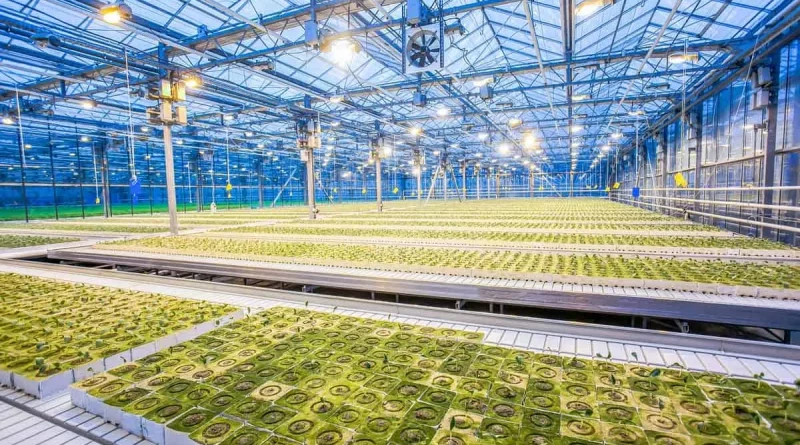A Quick Guide To Hydroponic Gardening
Many gardeners are beginning to switch to Hydroponic gardening, for many different reasons. These types of gardens are small and can easily be grown inside and are perfect for most vegetables, especially red tomatoes. Also, the equipment required for Hydroponic gardening is not expensive and they are relatively easy to manage.
Hydroponic gardening, is the growing of plants without soil, in other words, “dirtless gardening”. There are many methods of Hydroponic gardening, most of which work better than regular soil gardening because it is easier to give the plant exactly what it needs when it needs it. Plants will only receive what you give them, therefore you will be able to regulate the pH, nutrients, nutrient strength, water amount, and amount of light. This makes it imperative, that you research the kind of plants you will be growing, so you know what they need to survive.
Hydroponic gardening is only as difficult as you make it. It can be complicated if computers with sensors are used to control water cycles, nutrients, and light for plants. However, it can also be as simple, as a hand watering can, with a single plant. The normal home Hydroponic system is usually made up of a few basic things, such as a growing tray, light (natural or artificial), a reservoir, a water-controlled pump for watering (or some type of watering equipment), and some form of the air pump, to give oxygen to the nutrients.
The growing medium used in Hydroponic gardening can be any number of things, such as Rockwool, perlite, coconut fiber, gravel, sand, vermiculite, or even air. You can get instructions from a gardening store, or online, or buy separate parts and build your own. There are also kits already assembled, for sale in gardening supply stores.
There are certain micro-nutrients, that are necessary for healthy plant growth, including Magnesium, Sulphur, Calcium, Cobalt, Boron, Iron, Copper, Manganese, and Zinc. These nutrients are essential to plants and if missing, could cause the food to not be as healthy and in some cases even cause health problems, for those who eat it. You must use a quality fertilizer when Hydroponic gardening.
Another important aspect of Hydroponic gardening, which must be closely regulated, is the pH balance. When the pH balance varies, the plants will lose the ability to absorb nutrients, that they need. The ease with which the pH in Hydroponic gardening is tested and controlled, gives it a huge advantage, over regular dirt gardening.
Even though there are hundreds of different variations, Wick, Water Culture, Ebb and Flow, Drip, N.F.T., and Aeroponic are the six most basic types of Hydroponic gardening systems. Hydroponic gardening is easy and affordable and you can have fresh produce, flowers, herbs & spices all year long!




